-
main-collection-product-grid
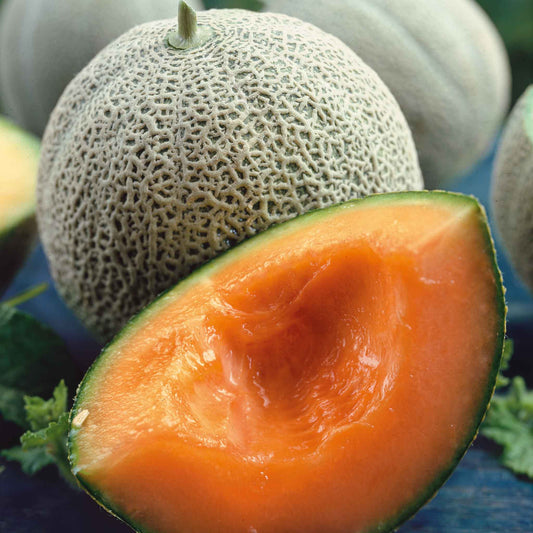
Melon Seeds (Organic) - Honey Rock
Delicately sweet orange flesh, high yieldsMelon Seeds (Organic) - Honey Rock
Delicately sweet orange flesh, high yieldsRegular price As Low As $6.99Regular priceUnit price per -
main-collection-product-grid
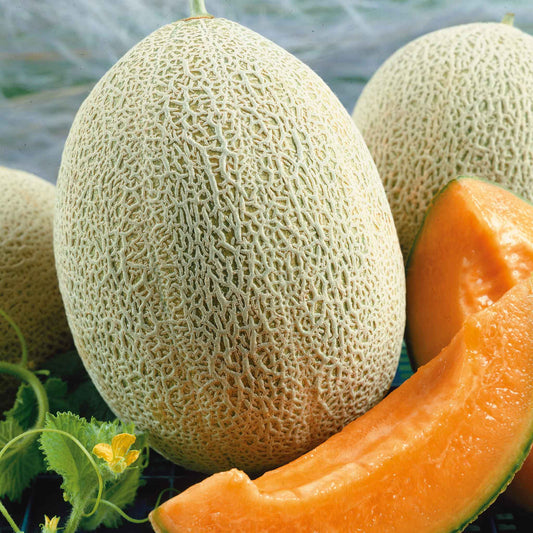
Melon Seeds - Hales Best Jumbo
Deliciously sweet and aromatic, early producerMelon Seeds - Hales Best Jumbo
Deliciously sweet and aromatic, early producerRegular price As Low As $4.99Regular priceUnit price per -
main-collection-product-grid
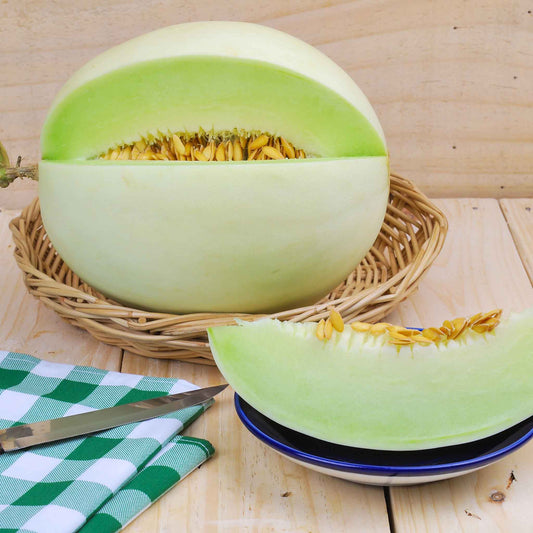
Melon Seeds (Organic) - Honeydew Green
Sugary and succulent pale green fleshMelon Seeds (Organic) - Honeydew Green
Sugary and succulent pale green fleshRegular price $6.99Regular priceUnit price per -
main-collection-product-grid
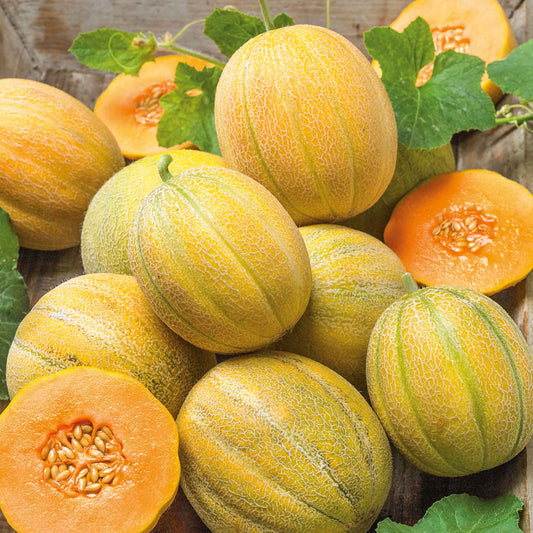
Melon Seeds - Minnesota Midget
Early producing small melon with a sweet tasteMelon Seeds - Minnesota Midget
Early producing small melon with a sweet tasteRegular price As Low As $4.99Regular priceUnit price per -
main-collection-product-grid
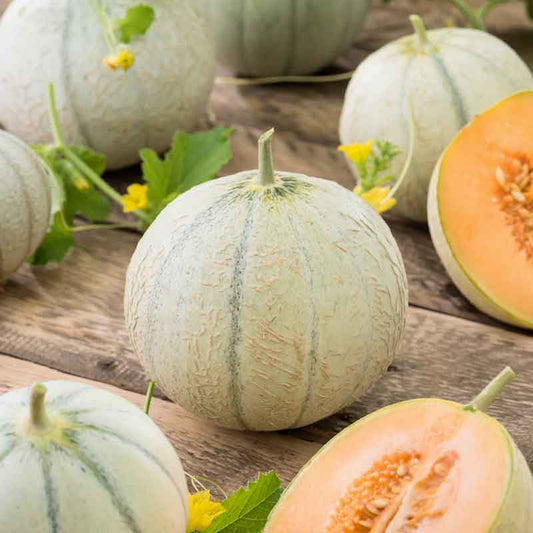
Melon Seeds - Charentais
Small variety of French cantaloupeMelon Seeds - Charentais
Small variety of French cantaloupeRegular price As Low As $4.99Regular priceUnit price per -
main-collection-product-grid
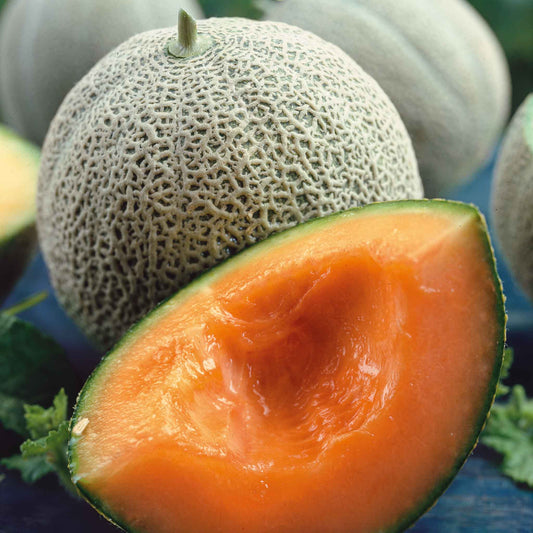
Melon Seeds - Honey Rock
Vigorous plants produce flavorful salmon-colored fleshMelon Seeds - Honey Rock
Vigorous plants produce flavorful salmon-colored fleshRegular price As Low As $4.99Regular priceUnit price per -
main-collection-product-grid
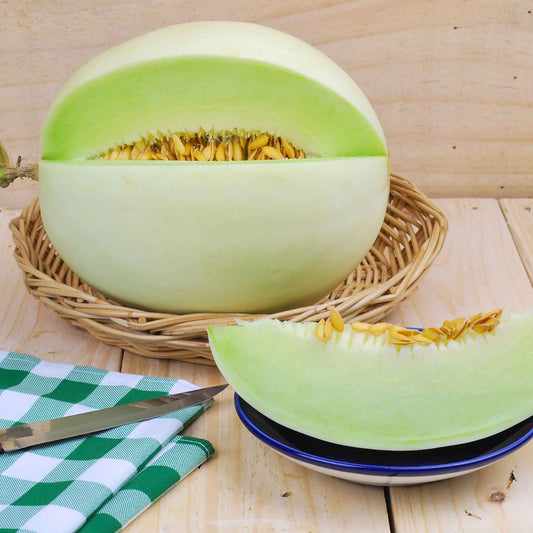
Melon Seeds - Honeydew Green
Refreshingly crisp sugary tasteMelon Seeds - Honeydew Green
Refreshingly crisp sugary tasteRegular price As Low As $4.99Regular priceUnit price per -
main-collection-product-grid
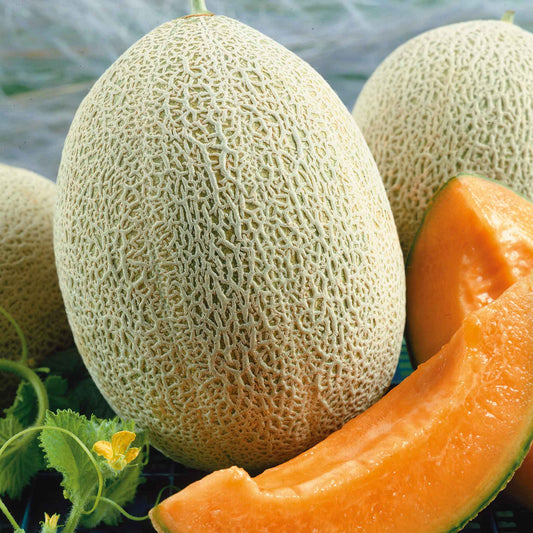
Melon Seeds (Organic) - Hales Best Jumbo
Early to mature, standard large muskmelonSaleMelon Seeds (Organic) - Hales Best Jumbo
Early to mature, standard large muskmelonRegular price As Low As $6.99Regular priceUnit price per$21.99Sale price As Low As $6.99Sale -
main-collection-product-grid
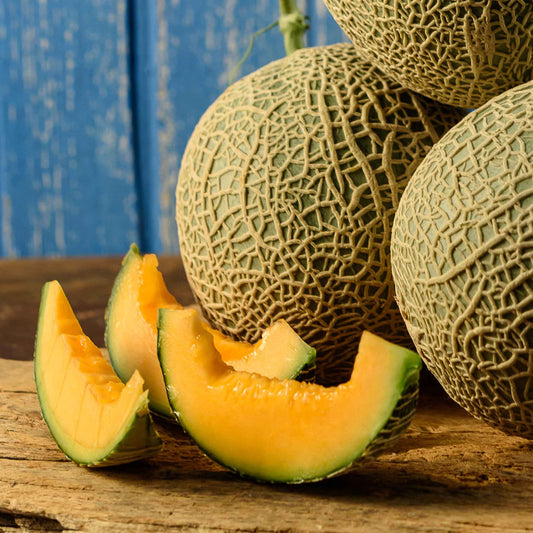
Melon Seeds - Top Mark
Favored for its hardiness and disease resistanceMelon Seeds - Top Mark
Favored for its hardiness and disease resistanceRegular price As Low As $4.99Regular priceUnit price per -
main-collection-product-grid
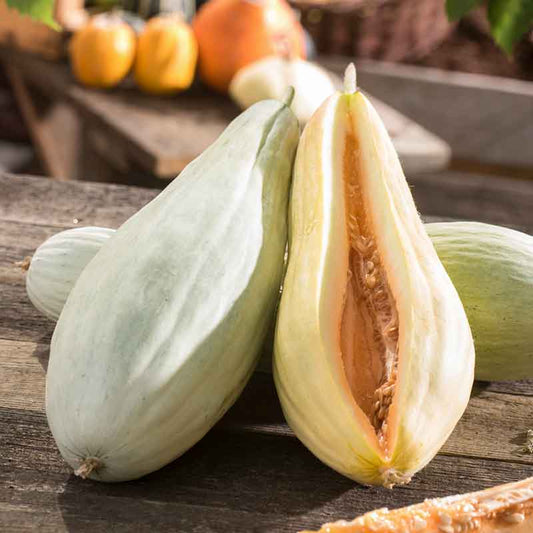
Melon Seeds - Banana
Banana-shaped super sweet fruit with a delicious fragranceMelon Seeds - Banana
Banana-shaped super sweet fruit with a delicious fragranceRegular price As Low As $4.99Regular priceUnit price per -
main-collection-product-grid
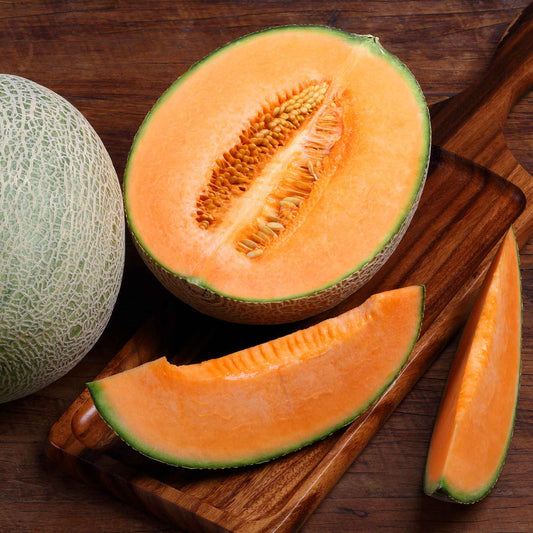
Melon Seeds - Edisto 47
Disease resistant and well adapted to hot, humid climatesMelon Seeds - Edisto 47
Disease resistant and well adapted to hot, humid climatesRegular price As Low As $4.99Regular priceUnit price per -
main-collection-product-grid
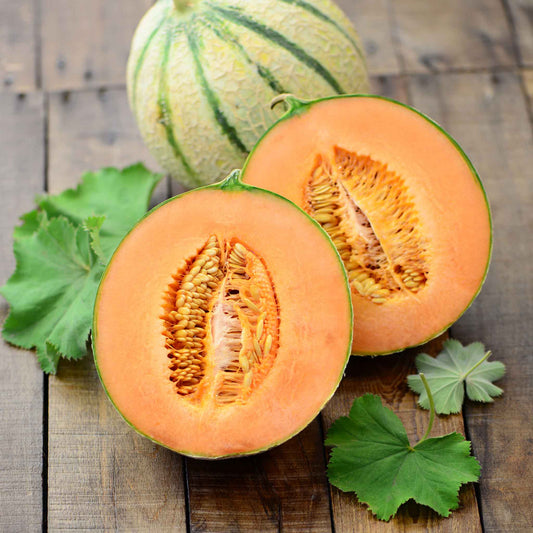
Melon Seeds - Honeydew Orange
Creamy cantaloupe flavor in a honeydewMelon Seeds - Honeydew Orange
Creamy cantaloupe flavor in a honeydewRegular price As Low As $4.99Regular priceUnit price per -
main-collection-product-grid
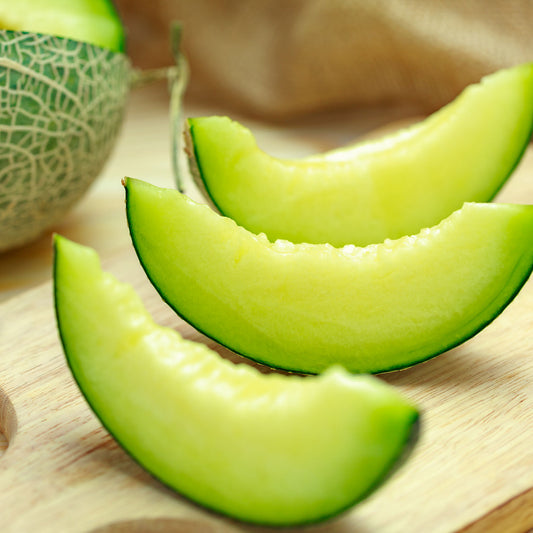
Melon Seeds - Rocky Ford
Spicy green flesh cantaloupeSaleMelon Seeds - Rocky Ford
Spicy green flesh cantaloupeRegular price As Low As $4.99Regular priceUnit price per$26.99Sale price As Low As $4.99Sale -
main-collection-product-grid
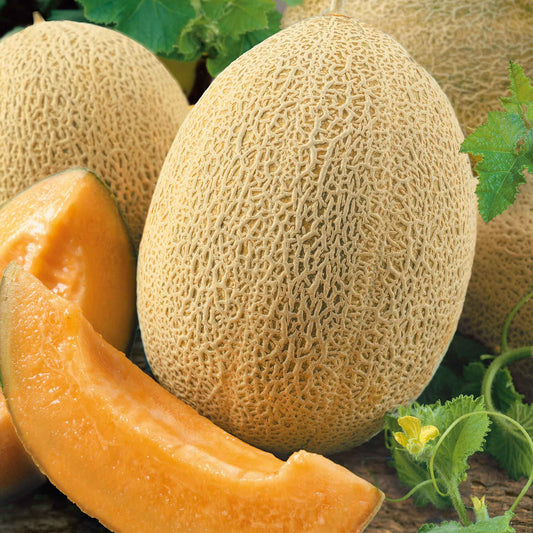
Melon Seeds - Ananas
Tropical, floral flavor in a small, moderately sized melonMelon Seeds - Ananas
Tropical, floral flavor in a small, moderately sized melonRegular price As Low As $4.99Regular priceUnit price per
About our cantaloupe seeds
- 14 cantaloupe seed varieties
- Thrives in full sun
- Offers highly fragrant and sweet fruit
- Good source of dietary fiber, vitamin K, and potassium
Cantaloupes are a summer garden staple
Cantaloupes crave heat and are a staple crop in most home summer gardens. Watermelon, honeydew, and cantaloupe are considered quite easy to grow, and all are grown in much the same way. Whatever type of melon you decide to grow, whether it be the heirlooms such as Eden Brothers' Edisto 47 Melon Seeds, Honey Rock Melon Seeds, or Hale's Best Jumbo Melon Seeds, expect a melon dining experience like none you have had before!
The store-bought, bland versions of cantaloupes and honeydew melons are less like "cousins" to the home grown variety, and more like distant, distant relatives on that side of the family. Growing and tasting a melon from your home garden is so rewarding and satisfying, eating one for the first time will convert you to growing them for yourself from here on in.
Planting Cantaloupe seeds, whether indoors or out
Planting directly in the garden should be done no earlier than two to four weeks after the last spring frost. If starting indoors, start them two to six weeks before transplanting. Choose the sunnies spot possible with loose, moisture retentive, well-drained soil. If starting indoors, plant seeds in four inch peat pots about 1/2 inch deep with a soil temperature of 75°F by placing them in a south-facing window or providing bottom heat. Harden off cantaloupe seedlings prior to transplanting them outdoors, or start directly in the garden by sowing six seeds per six to eight inch high, flat-topped mound. Loosen soil down to 12 inches and work in two to three inches of compost, sowing seeds one inch deep with mounds three to five feet apart. Use a trellis if gardening with limited space. Keep in mind that roots can extend ten inches to several feet into the earth and will need plenty of space.
Picking juicy cantaloupes from the vine
Apply several inches of organic mulch as the vines begin to elongate. Provide generous amounts of water, particularly right after transplanting and as the fruits develop. Cantaloupes require about one to two inches of water per week, and prefer to be watered in the morning. Avoid wetting the leaves. Reduce watering as cantaloupes approach maturity. Most melons naturally separate from the vine when ripe, which means you can pick your melons with just a gentle tug. Keep cantaloupes at room temperature for two to three days after harvesting to help bring out more natural flavors. After that, move them to the refrigerator.
For more information about planting, growing, and caring for cantaloupe seed, see the Cantaloupe Seeds Planting Guide.













